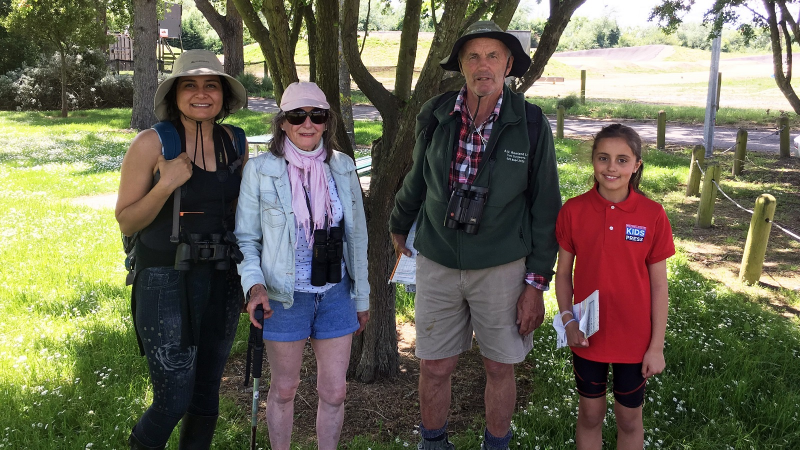Scholastic Kid Reporters are pros at interviewing influential changemakers in their communities for Scholastic Kids Press. Ever wondered how they choose their story topics or prepare for their next assignments? We thought it would be fun to flip the script and ask them a few questions about how they report “news for kids, by kids” in our new OOM series, Kid Reporter Q&A.
Meet Hinekerangi Waaka, our 10-year-old Kid Reporter based in New Zealand. Hinekerangi joined the program this past year, and has already written about a nonprofit dedicated to protecting unique birds living on the Ashley Rakahuri River. For her second story, she wrote about Kotahi Mano Kāika, a group in her community that is revitalizing Te Reo Māori, the language spoken by the indigenous Polynesian people of New Zealand.
Check out our Kid Reporter Q&A with Hinekerangi below.
What is your article about?
My article is about efforts to revitalize the Māori language in New Zealand, and also about a local group called Kotahi Mano Kaika (KMK for short), and their passion for teaching Māori.
What inspired you to write about Kotahi Mano Kāika and their efforts to revitalize the Māori language?
Really, it was the fact that KMK was and is persevering to keep Te Reo Māori alive. I think that KMK is playing a really important part in the community. To me, it is a way of acknowledging them. I also attended one of KMK’s weekend workshops and wanted to share my experience with readers.
How did you prepare for your interview?
To come up with my questions, I thought about what I would like to find out. Then, I thought about what readers might find interesting. Once I had questions that I was happy with, I read through them and wrote them on a pad of paper to carry to the interview.
I carried my notepad with my questions, my dad’s phone (to record the interview), and my Pounamu necklace. Pounamu is a green stone that is only found in New Zealand. Pounamu is of cultural importance to Māori. For me, it is sort of a good luck charm.
What is a behind-the-scenes moment that you’d like to share with readers about your reporting for this story?
The interview took place on my Marae.* It took two or three hours to get there. My dad and my younger sister drove down with me, and by the time we arrived, we were all quite hungry. Just as we got there, morning tea was being served. At the Marae, from my experience, the food is really yummy. So, I was super excited when I saw a table laden with food. But then I saw a plate of Caramel Slice (a shortbread biscuit covered with caramel and milk chocolate)! I love Caramel Slice, so naturally that was my morning tea. Delicious, but not so nutritious.
What do you hope other kids take away from reading your article?
I hope that after reading my article, children will come away with a greater understanding of indigenous people.
*A marae is a communal meeting ground in Māori communities.
This interview has been edited and condensed for clarity.



